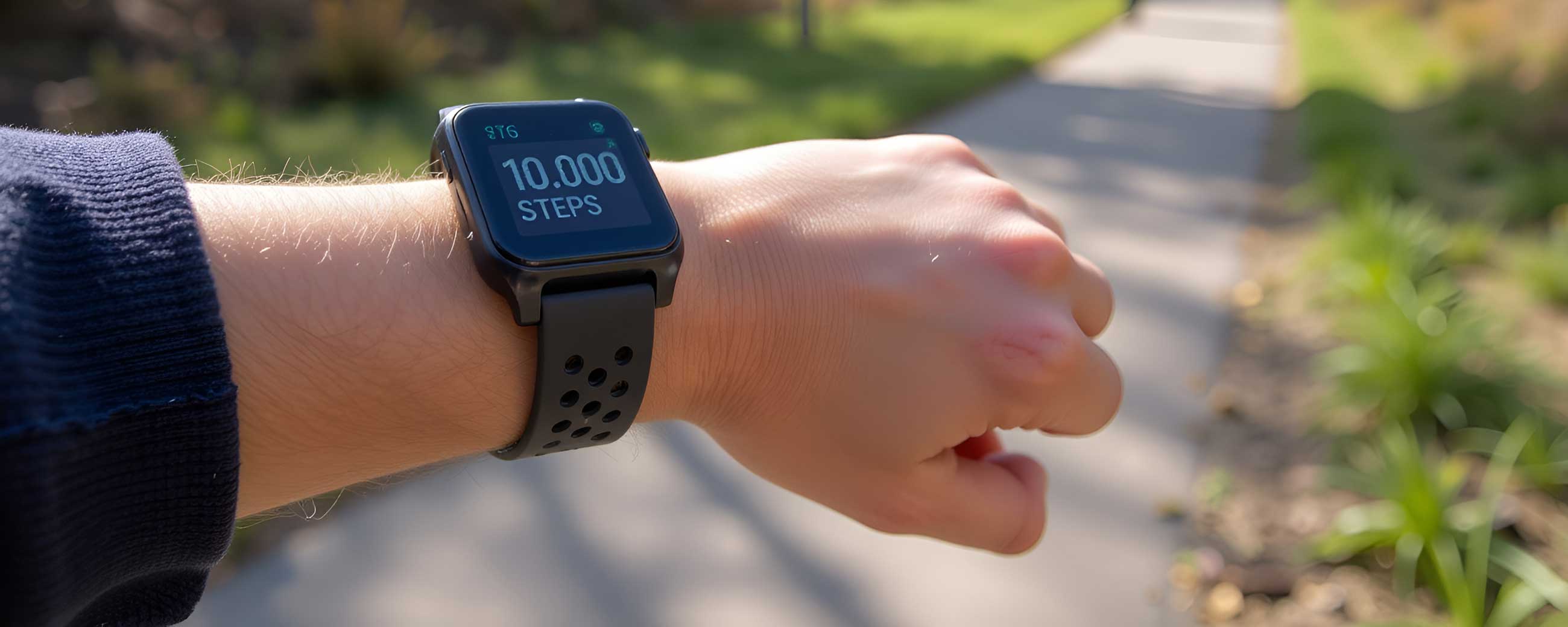
5 Mindful Eating Exercises That Improved My Relationship With Food
I struggled with my relationship with food for decades, constantly battling my busy schedule with my binge eating disorder. I was so anxious all the time that eating mindfully felt like something out of a fairy tale rather than a real life experience I could attain.
Changing my relationship with food was challenging and certainly not an overnight success. But with a little time, patience, and self-care, I learned to make mindful eating practices a sustainable part of my life, greatly improving my relationship with my body and the food I eat. Here’s how.
Remove distractions
Turning off your cell phone and the TV while you eat may sound simple, but doing this can greatly help you pay more attention to what is on your plate. It did for me. In fact, I didn’t even realize that being on my phone while I ate was resulting in overeating. When I sat down to eat I found myself scrolling endlessly, which would shift the focus away from the amount I was eating, leading me to eat beyond feeling full. Putting my phone away has allowed me to pay closer attention to my hunger signals and chew my food more thoroughly, which has also helped improve my overall digestion and nutrient absorption. Speaking of which…
Eat slowly and chew thoroughly
In India, the practice of eating slowly is considered to be essential for optimal digestion and overall health. This practice encourages counting how many times one chews their food before swallowing it, often chewing upwards of 30-to-50 times per bite. This aids in stimulating the production of saliva in the mouth, which is an imperative function of the digestive process. When I first became interested in ayurvedic practices like this, I found the concept of slowing down to focus on my food rather difficult. I’d commonly rush through my meals, without taking the time to consider whether what I was eating was passing through my digestive tract efficiently or if it was just going to cause discomfort, gas, and bloating. Eating with awareness has helped me bring a greater sensory awareness to each meal I consume. When I’m able to slow down and tune in to what I’m doing with a single pointed focus, I’ve found I’m able to digest with greater ease, decreasing unhealthy cravings and reducing my chances of overeating.
Eating with awareness has helped me bring a greater sensory awareness to each meal I consume.
Eat in a calm environment
Eating in a stress-free environment can feel different to everyone. Some people want to eat in silence, so they can focus on their food with greater ease. Others might feel an improvement in digestion when they are interacting with others, enjoying some light conversation or listening to some music as they eat. I have found that I feel best when I can enjoy a calm, sound-free environment with little noise and distractions when I eat. This allows me to focus on exactly what’s in front of me without any noise, while also paying close attention to the way in which I’m eating, and my own psychological or emotional state of mind.
Noticing triggers
Paying attention to what triggers me to eat when I’m not hungry has been one of the most helpful things in improving my relationship with food. When I feel a craving, I now make sure to ask myself what emotion or desire I’m feeling in that particular moment, and how it relates to what I’m craving.
When I first started doing this, it felt uncomfortable, because it made me think about my food in a new way. But I kept going, noting the emotion that had triggered my craving, even if I still followed through and ate it. Then one day, I got sick of the voice in my head, and put the food I was craving down. I didn’t need it, because I was full. It was as simple as that.
One day, I got sick of the voice in my head, and put the food I was craving down. I didn’t need it, because I was full. It was as simple as that.
Learning to listen to my body
For many people with disordered eating habits, listening to our bodies can come as a struggle. It did for me. I had a hard time pinpointing what was hunger and what was an emotional need for a long time. To help me learn to differentiate the two, I would ask myself a few questions before each meal.
“Am I hungry?”
“How hungry am I?”
“Am I craving or desiring something else besides food?”
The more I began to investigate my internal world, the easier listening to those hunger signals became and eventually I didn’t need to ask myself those questions at all.

This publication is intended for informational purposes only and is not meant to be a substitute for professional medical advice, diagnosis, or treatment. Always seek the advice of your physician or other qualified health provider with any questions you may have regarding a medical condition or any advice relating to your health. View full disclaimer









